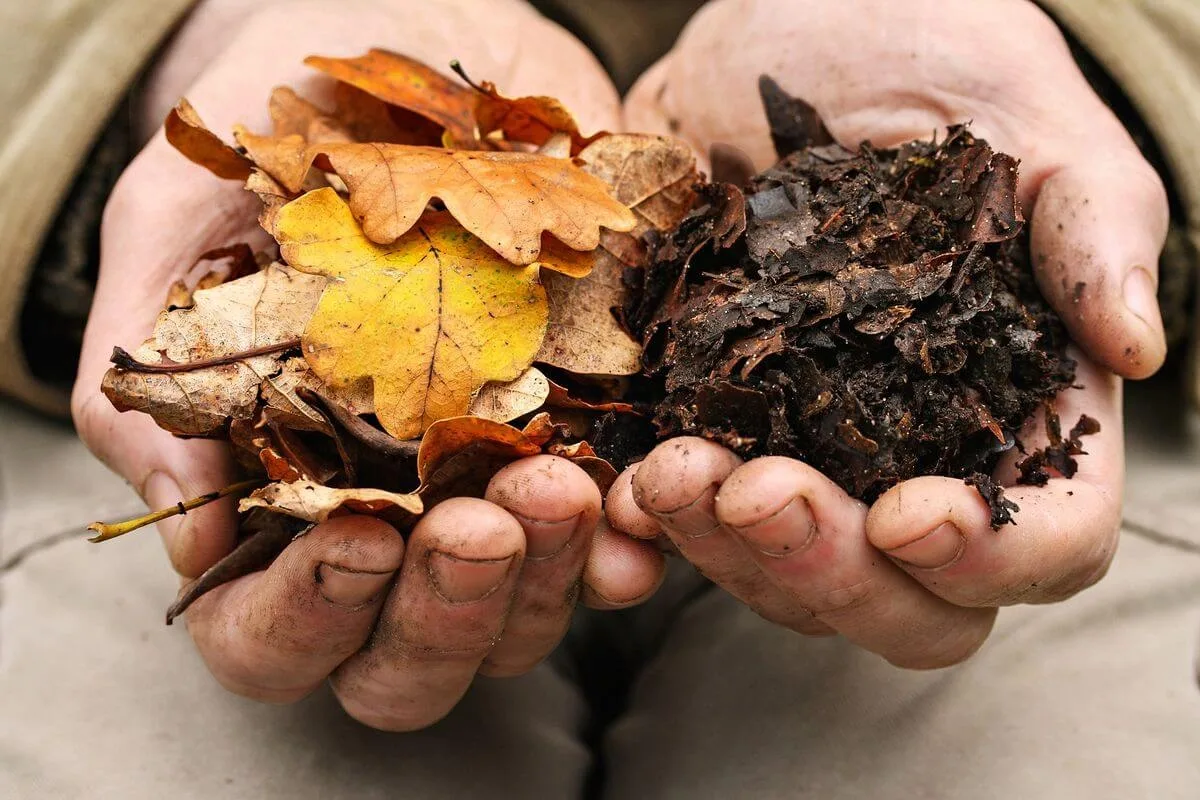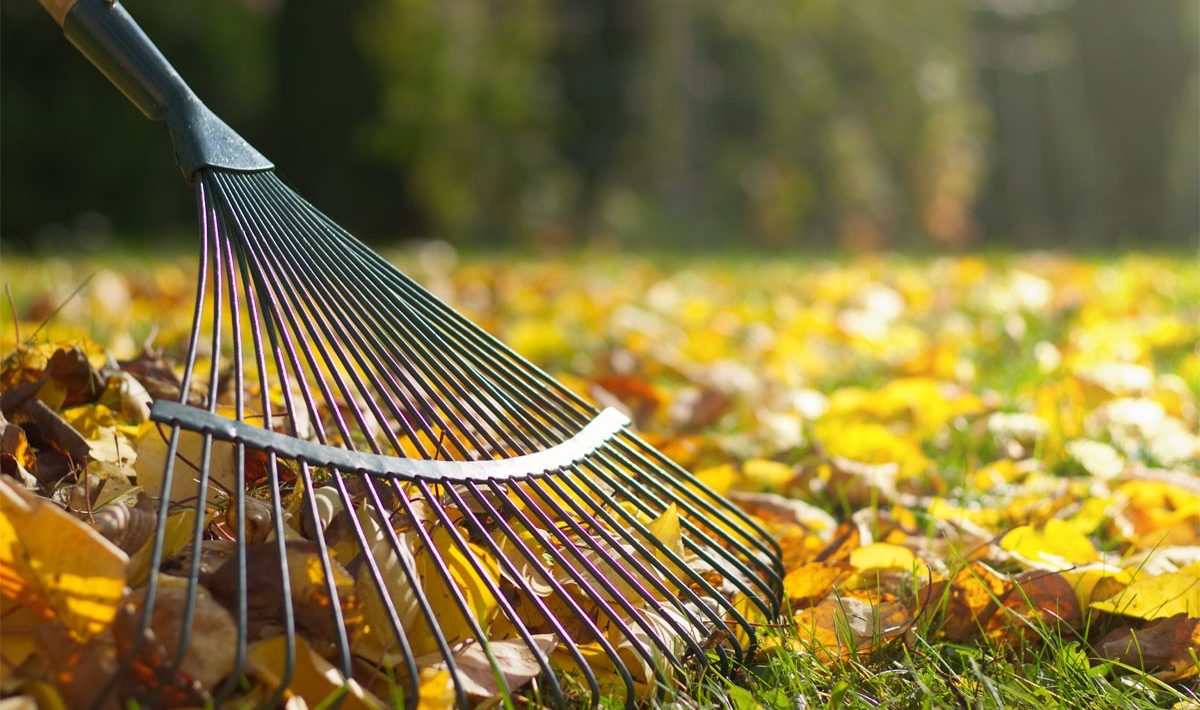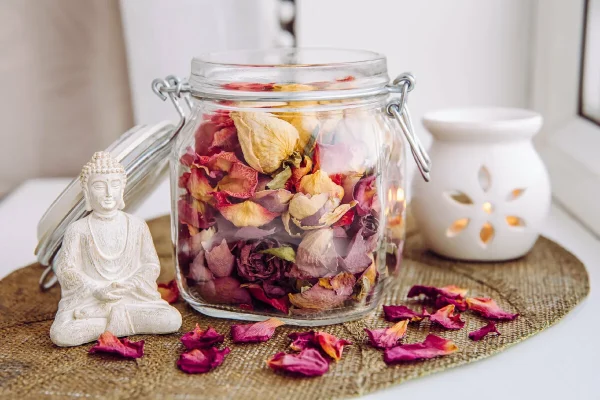The arrival of autumn transforms the garden into a colourful carpet of dead leaves.
Many people think that all this fallen foliage deserves a place in the compost, but this habit is not always as beneficial as one might imagine. After several seasons of conscientiously filling my compost bin with every leaf I picked up, I changed my practices for some rather surprising reasons, which you will surely find useful for your own green spaces.
Which dead leaves are problematic in compost?
At first glance, all dead leaves look the same, but depending on their origin, they can profoundly disrupt the composting process. Some contain toxic substances that slow down or even block the usual fermentation process. Others, which are more tough, take so long to break down that they disrupt the biological balance of the rest of the compost. Understanding which leaves are not recommended helps to avoid many disappointments in the management of autumn plant waste.
- Walnut leaves: rich in juglone, they release a toxin that is harmful to many plants and significantly slow down decomposition.
- Plane tree and oak: loaded with tannins, they make the compost acidic and difficult for microfauna to digest.
- Conifers: containing organic acids, they excessively acidify the mixture and require a very long wait before usable humus can be obtained.
- Cherry laurel and rhubarb: contain hydrocyanic acid, which can poison the composting environment.
Adding these toxic leaves directly to the compost often causes problems such as a drop in temperature in the bin, the appearance of unpleasant odours or the development of stubborn mould. The end result is far from the fertile compost desired to enrich the soil in the vegetable garden or feed the flower beds.
Why does slow decomposition disrupt the compost?
The success of good compost depends on the balance between materials that decompose quickly and those that are more resistant. Very thick or tannin-rich dead leaves, such as those from oak or plane trees, stagnate for months without changing. This inertia does not promote air circulation or the activity of micro-organisms essential for fermentation. Moisture builds up, heat decreases, and the entire compost bin can end up smelling musty.
In autumn, the temptation to quickly get rid of all garden waste sometimes leads to these subtleties being ignored. However, it is enough to observe that a leaf that does not disappear naturally under winter weather conditions is likely to suffocate the compost. This made me want to look for more suitable solutions to recycle this precious natural resource intelligently without risking slowing down the entire transformation process.

How else can toxic or slow-to-compost leaves be used?
Not all dead leaves are doomed to be banished! Rather than throwing away toxic or overly tough leaves, mulching is an interesting alternative. Applied in a thin layer around acid-loving plants – such as azaleas or rhododendrons – certain varieties form an effective protection against excessive water evaporation and limit the proliferation of unwanted weeds. To find out which mulches are particularly suitable for the autumn season, it is worth consulting resources dedicated to sowing and effective mulching techniques before mid-September.
To maximise their effect, it may be a good idea to shred these leaves before use. When reduced to small pieces, they provide a flexible cover that allows the soil to breathe while inhibiting the germination of seeds that compete with existing plants.
Far from being wasted, unsuitable dead leaves are perfect for another method: separate storage. By forming a pile separate from other organic matter, these slow-decomposing leaves are allowed to mature at their own pace over two to three years. Ultimately, this long cycle results in the creation of acidic humus, which is highly sought after for certain shrubs and fruit trees that thrive in soil low in limestone.
It is therefore better to choose a discreet area of the garden where this type of leaf can accumulate, rather than unnecessarily weighing down a compost heap, whose balance remains fragile at the slightest error in dosage. This simple reflex changes the dynamics of the domestic plant cycle and takes advantage of each material provided by the seasons, without wasting fertilising potential due to haste or ignorance. Furthermore, knowing which trees to prune in autumn can also help you optimise your green waste management.
What signs indicate an imbalance in the compost?
There are certain signs that quickly indicate when poorly chosen dead leaves are causing a problem. For example, if the temperature of the compost drops abnormally after adding a large volume of leaves, this often signals an excess of blocked nitrogen or a surplus of materials that are difficult for the fauna active under the lid to digest. Unpleasant, even sticky odours indicate a lack of aeration caused by thick residues clumped together.
The appearance of white, green or grey mould should also be cause for concern. These fungi usually indicate that the expected fermentation is not occurring properly, hindered by released toxins or the impractical texture of certain leaves that are not recommended. It is then best to rethink what you are adding and separate out the elements that are difficult to assimilate.





